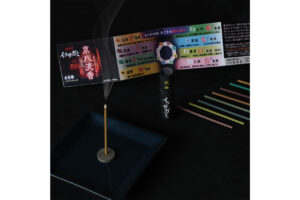
For inside and outside, this world and the other world, one's own village and the other village, and so on,What is considered its boundaryThere are Rivers, bridges, wells, hills, andThe "mountain pass" is one of them.The number of people counted in the
The word "Toge" is unique to Japan and has been used since the Heian period (794-1185). It is said that "tamuke" changed to "tage" and then to "touge,People prayed to the god of the road, who was believed to be at the top of the mountain, for safe delivery of their babies on the journey.It seems to have become a "mountain pass" because of this.A pass is the top and bottom summit of a mountainIn,This side and that side of that pass are two different worlds.That's how it is.
Surrounded by mountains on three sides, Kyoto has many mountain passes. In particular, the Kitayama area is a treasure trove of mountain passes. Among them, the Kurama HighwayRoute from Ninose to Oiwa on Kumogabatake Highwayat the top of the mountain,"Night Cry Pass."The pass has the curious name of
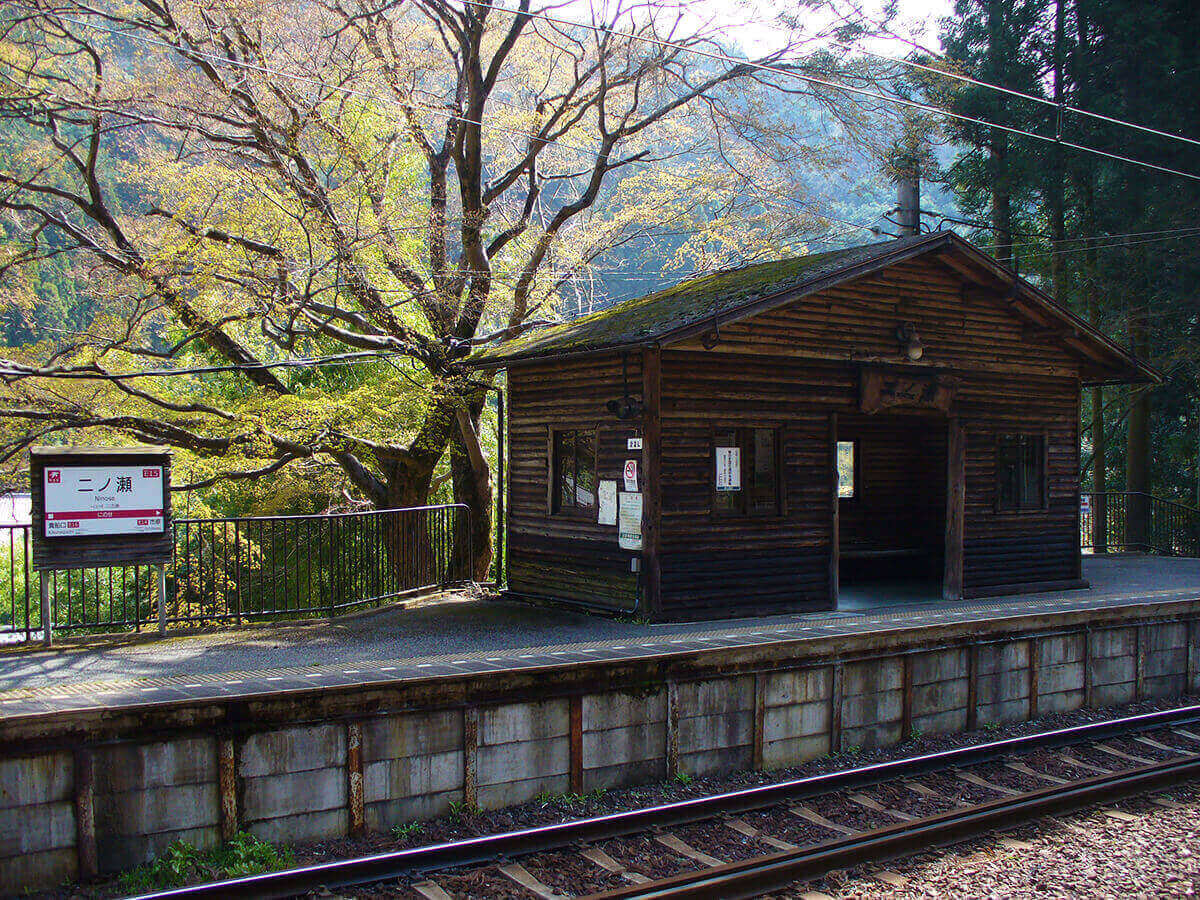
Ninose Station
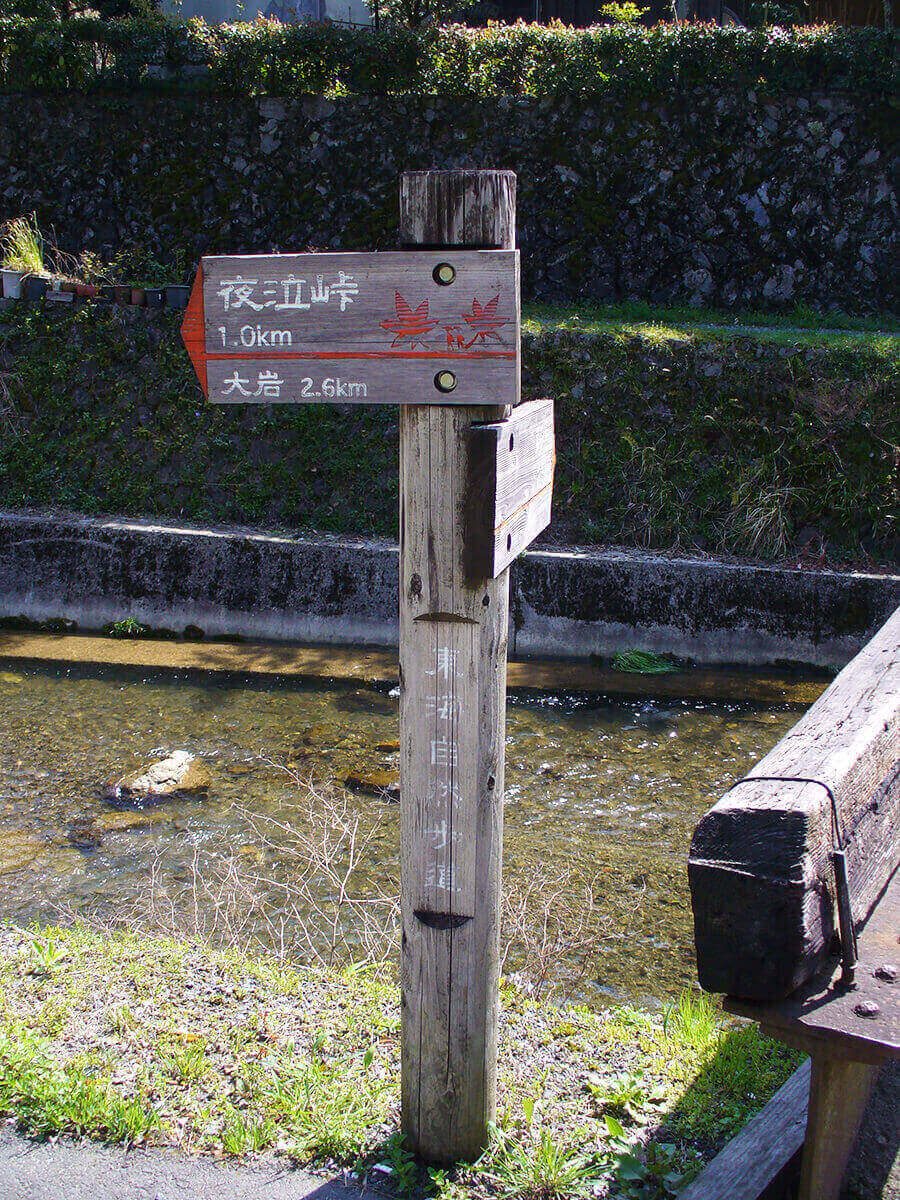
Sign indicating the Night Cry Pass
I thought there were still ghost stories about people passing through the pass at night and hearing sobbing voices coming out of nowhere... but this was not the case.
He was a prince of Emperor Montoku in the early Heian period.Legend of Prince KoretakaIt seems to be derived from
Prince Tadakyo was the first prince, but his half-brother, born to the daughter of a powerful man of the time, became emperor,A tragic prince who had to live from one village and mountain to another in the northern part of KyotoIt is a place where the prince was weeping at night when he was a child. When Prince Tadakyo passed this pass as a child, he cried at night here. His nanny, who was nearby, made a wish to the Jizo (guardian deity) of the pass, took a piece of bark from a pine tree growing there, and placed it under the prince's pillow.
In honor of this legend, we are stillTo keep babies from crying at night, peel the bark of the pine trees in this pass and place it under their beds.and some people used to return home with pine bark. Incidentally, there is a theory that it was not pine bark but cedar bark.
I remember that in Kyoto, when people hear that their babies have trouble with crying at night, an elderly person will tell them, "Put the bark of a pine tree under the pillow or put pine needles in the pillow. The legend probably originated from this legend. According to legend, Oyako stayed at Ninose for about a month. It is also said that this area was named Ninose because it was where Oyashio lived at Ichinose in Kumogahata and then moved to the next location.
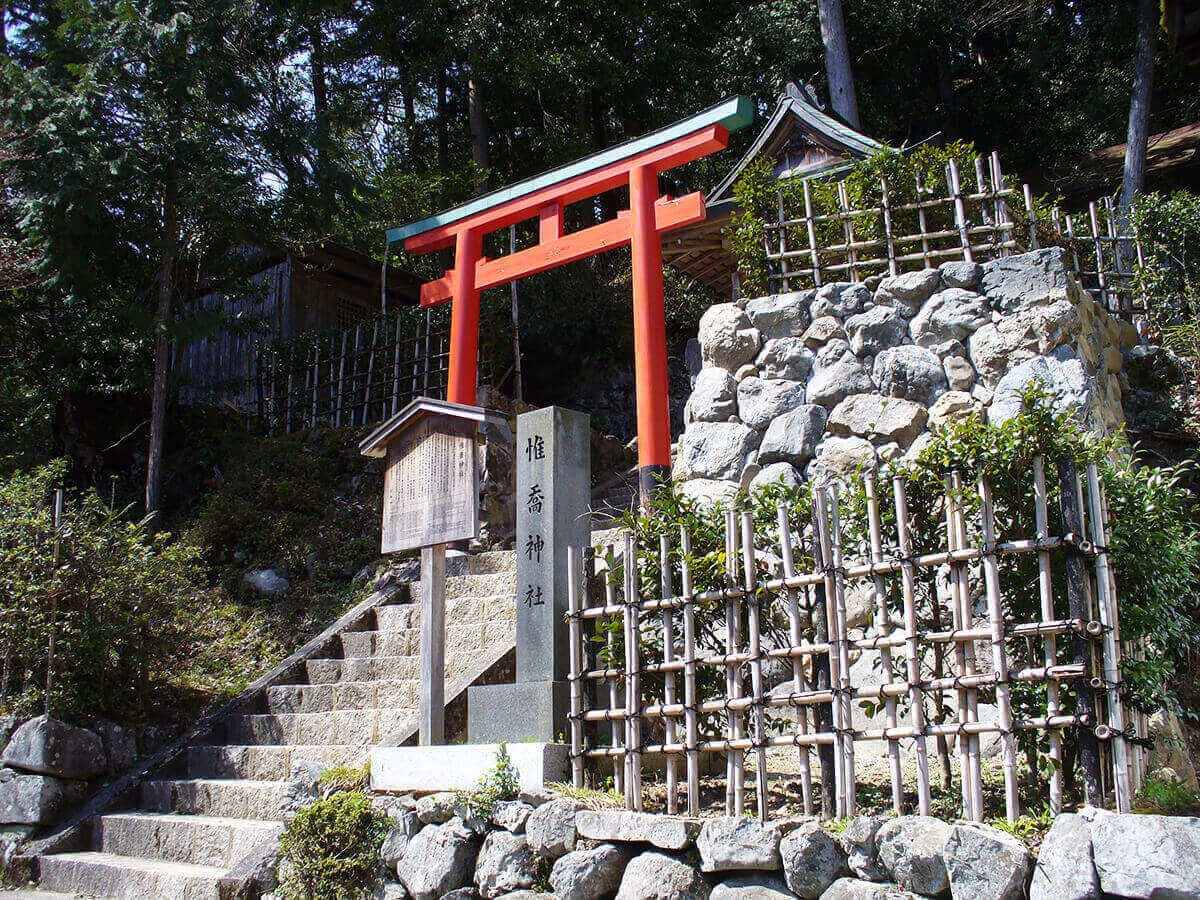
Tadakyo Shrine in Ungahata
Walking through the Night Crying Pass,The path is steep but easy to walk, and it still retains the appearance of the old mountain pass.However, it is on a narrow valley, in a wooded area, and dark even during the day. The view is blocked by trees and is almost unobstructed.No wonder the young child was so anxious and started crying.It was an atmosphere.
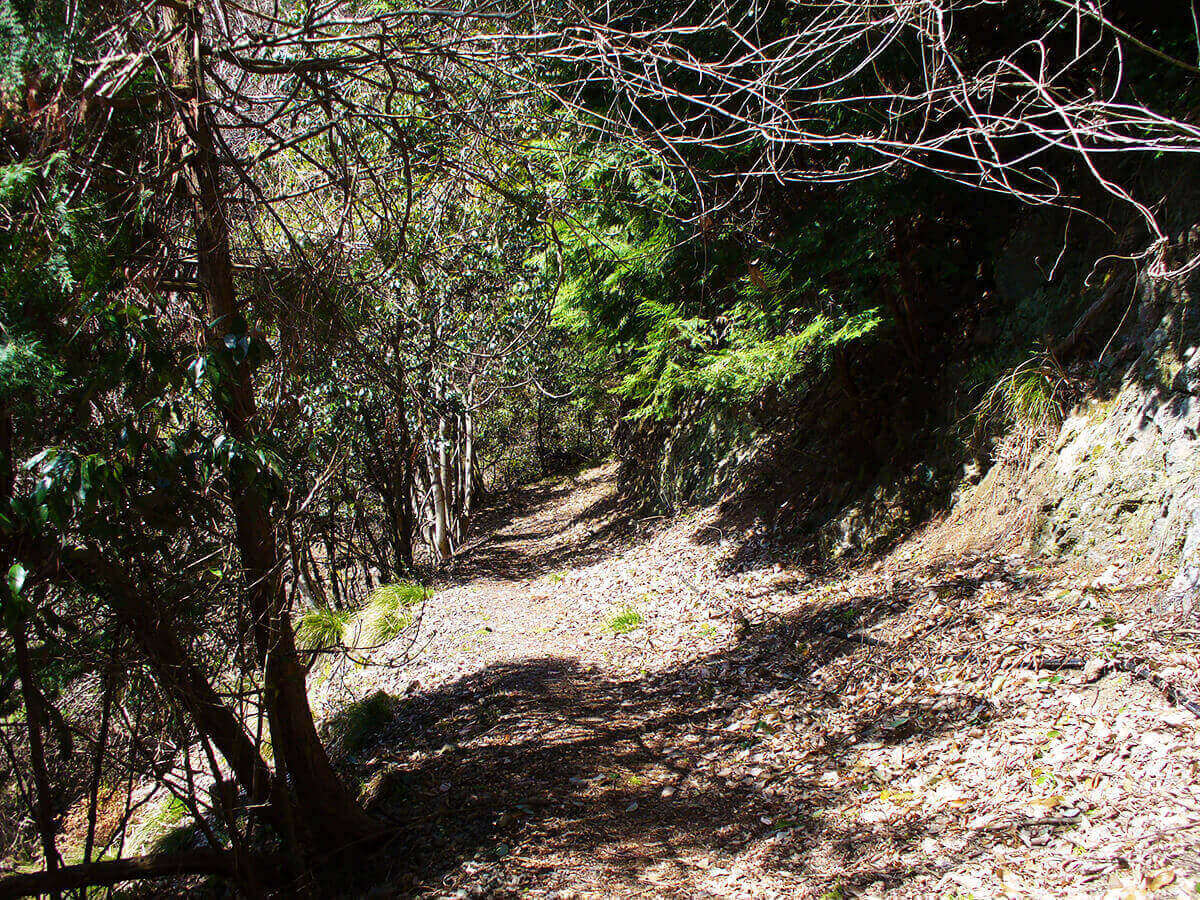
Road to Night Cry Pass
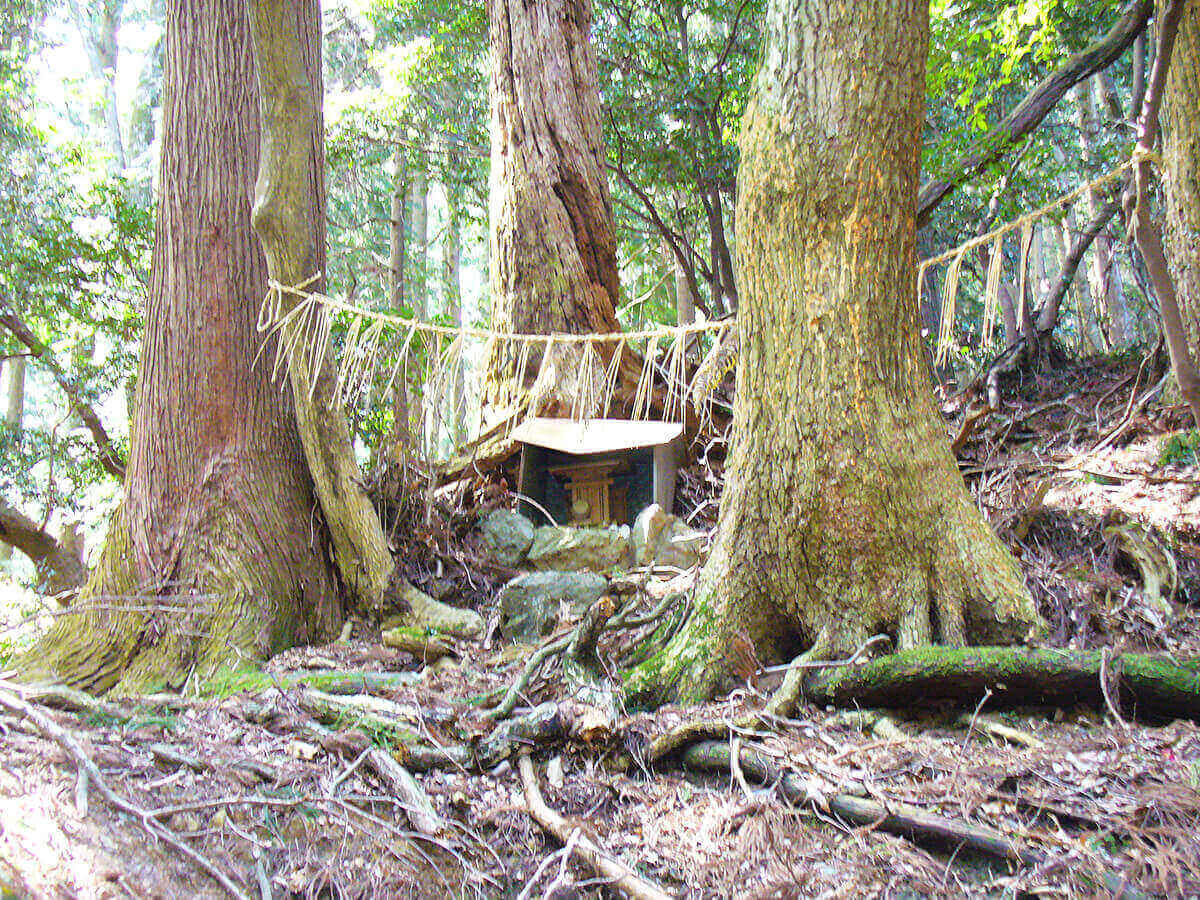
Jizo and sacred straw rope enshrined at the Night Cry Pass
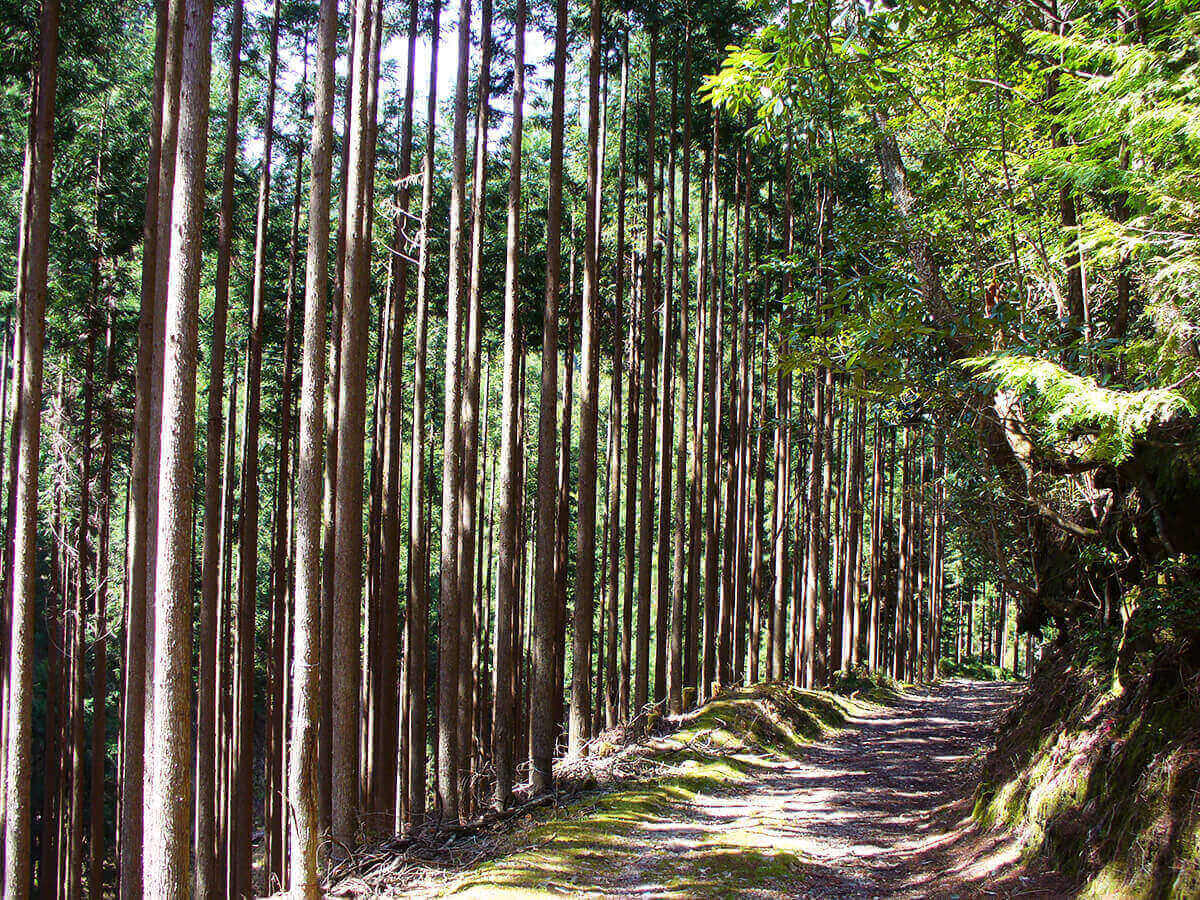
Pass road (cedar forest) from Night Cry Pass
This pass, where the legend of Prince Tadakyo remains, has long been a way of life for the villagers, but there is one more thing,The pass is the boundary of the village and prevents evil plagues, evil demons, and demons from entering the village.It was believed that the outside of the village was a different world. The pass was the boundary of the village because outside the village was a different world. Of course, it was the same for the people living on the other side of the pass, and the pass was important as a boundary that protected their village from the evil plague.
Now, with the passage of roads and trains, the role of the pass as a road for daily life and as a boundary between villages has almost disappeared.Even though there are fewer people praying for the safety of travelers at the pass, and fewer people handing things over, the pass must continue to quietly protect human life as it has always done.
Tradition that exists everywhere in the city of Kyoto. It is not just a picture, it is secretly alive in this modern age and continues to coexist with people. The two of Office TO, who previously wrote a series of articles "Kyoto's Demon World Exploration" in the monthly magazine Leaf, explore the mysterious "different" world of Kyoto, which was created over 1200 years. I will unravel the story while actually visiting the place. .
 News
News Feature article
Feature article Featured event
Featured event